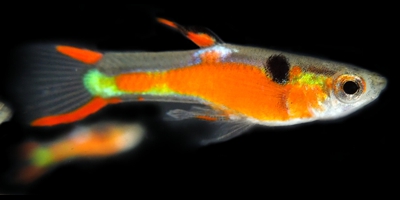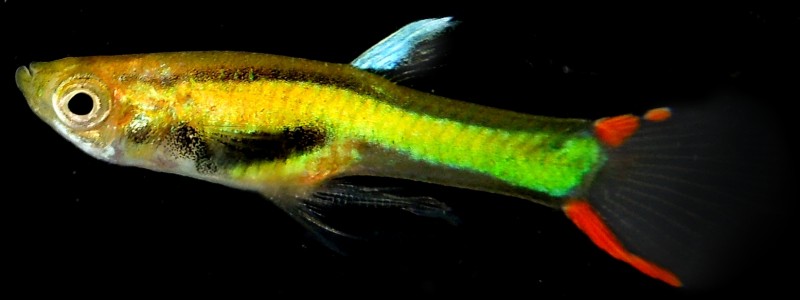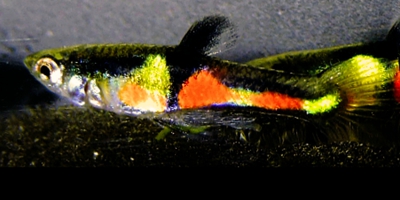
The Endler’s livebearer (hereafter referred to as endlers) were initially discovered by Franklyn F. Bond in 1937 in the Cumana region of northeastern Venezuela.
Specimens ended up in the University of Michigan’s Museum of Zoology, but the discovery was never published and the fish never distributed.
It took until 1975 for the fish to be rediscovered, this time by Dr. John Endler.
He provided samples to Donn Eric Rosen, a noted Poeciliid taxonomist. Had Rosen been able to classify the fish before he passed away, much of the controversy might have been avoided.
Background Regarding the Endler Name and Scientific Nomenclature
Rosen did provide some of these fish to another friend of Professor Endler, Klaus Kallman, who was then of the New York Aquarium. Kallman introduced this fish to the German aquarium community under the name Endler’s livebearer.
He apparently intended the name as a surprise for Professor Endler. As it turns out, nobody told Endler, and he did not encounter the fish as his namesake until sometime in the early 1980s.
Official Classification
As the Endler made its way through the aquarium community in Europe and eventually North America, a behind-the-scenes battle raged between those who considered the endler a separate species and those who considered it simply a unique strain of guppy. Detailing this controversy would require a separate article, but suffice it to say that the disagreements got quite heated.
Finally, in 2005, Dutch ichthyologist Fred Poeser and colleagues Michael Kempkes and IsaÃc IsbrÃcker published a paper classifying the Endler taxonomically for the first time as a unique species.
They named the fish Poecilia wingei, to honor Dr Ãjvind Winge, a Dutch geneticist who performed significant early genetic work with guppies.
The classification was not without controversy.
Two years later, Tropical Fish Hobbyist magazine ran an article by frequent contributor Ted Coletti adamantly refuting the classification.
While there remains considerable controversy among experts, the aquarium community at large seems to have embraced the classification P. wingei.
But Are The Endlers You purchase at a local fish store Really Endlers?
One factor that has complicated classification is the ability of the Endler to breed/hybridize with the guppy.
Cross-breeding is so rampant that almost all enders found in retail are hybridized with guppies unless purchased from a reputable breeder.
A Seller’s Reputation Matters!
Here are my definitions of the N,P & K-Class Endler Varieties based upon a summary of many years of research…
N-Class – Natural Random True (nearly identical in appearance to the untrained observer) Breeding Endler lines displaying correct documented wild coloration with a Native documented wild collection point location.
P-Class – Selectively Line bred and Pure Endler Genetics
K-Class – Guppy (Poecilia reticulata) /Endler (Poecilia wingei) Hybrids.




